- Joined
- Nov 24, 2022
- Messages
- 88
That ideal-scope image is not of the proportions listed
For sure it shocked you Garry
I was also shocked two years ago when I was studying this cut
I designed based on these proportions and got the same result, just give it a try and redesign it, and you will see the same ideal-scope pattern (Brillianteering is negligible for this cut)
After that if you aren't convinced I'll send you more details about it, or maybe its .gem file
GIA, AGS, HRD, GCAL, Sarin, IGI, and WTOCD can not grade such a diamond as a "good" light performance one due to their lack of information; their charts are based on mathematically wrong information as old as my ancestors (back to 1919)
It's time to change and almost no one in the industry is willing to.
@Garry H (Cut Nut) I would appreciate it if you tell us how you grade a diamond with these proportions, how does HCA grade this?
@smitcompton Do you like to buy a diamond with these proportions?
@Rockdiamond Could you please share your valuable opinion about this diamond cut? do you accept it as a good cut?
@Texas Leaguer Could you please tell us your valuable opinion, is this stone a possible competitor for ACA? How would "Sarin" grade such a stone?
@Karl_K Could you please redesign this cut and inform us about your opinion and the grade of this cut based on IGI's new grading experiments? also if you share the grades that "Gem Adviser" suggests for this cut I'd appreciate it.
@0-0-0 Could you please let us know your opinion about this cut based on your experiments? Do you grade it as a superior cut?
@Serg Could you please regrade this diamond with your new grading system for us and share the result? And if possible a comparison with an accurate H&A like ACA, Please
Your valuable answers will help the whole market, I'll appreciate it
Real images related to the discussed stone
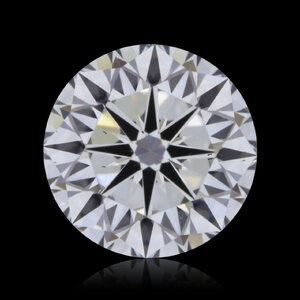
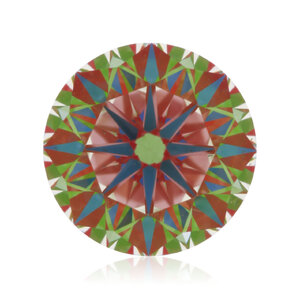
Main Pavilion: 39.98°
Lower girdle: 41.05°
Lower girdle length: 80.5%
Main crown: 39.05°
Star: 25.81°
Star length: 61.7%
Table: 60.95%
Upper girdle: 49°
Brillianteering: Negligible
Last edited:

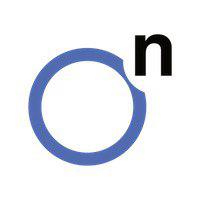

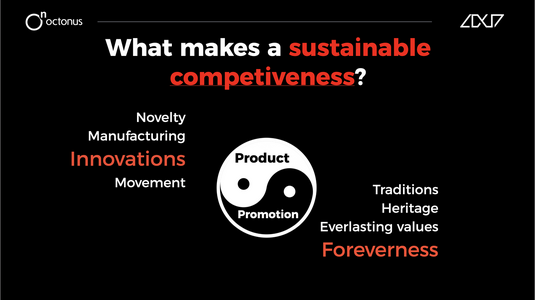
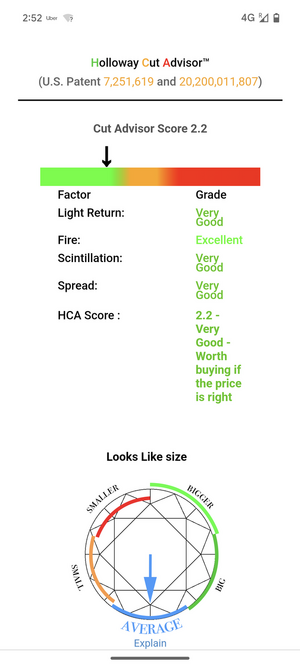
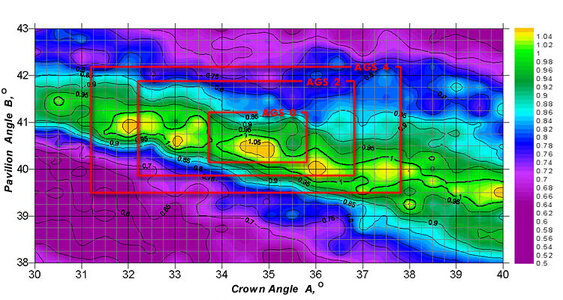
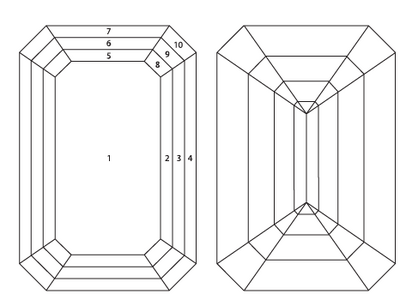


300x240.png)